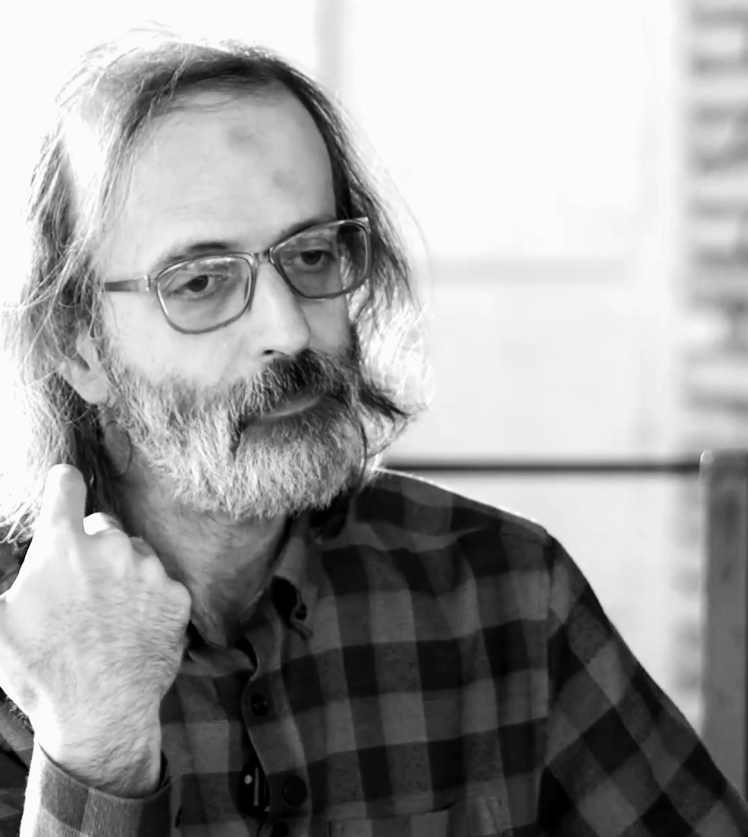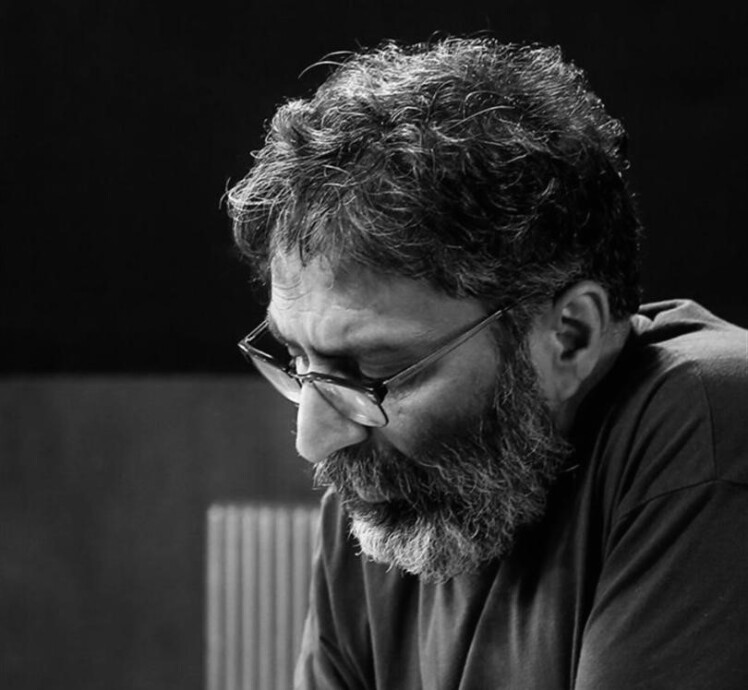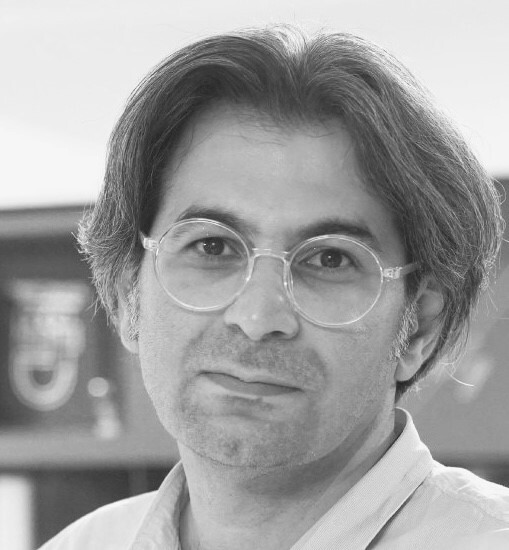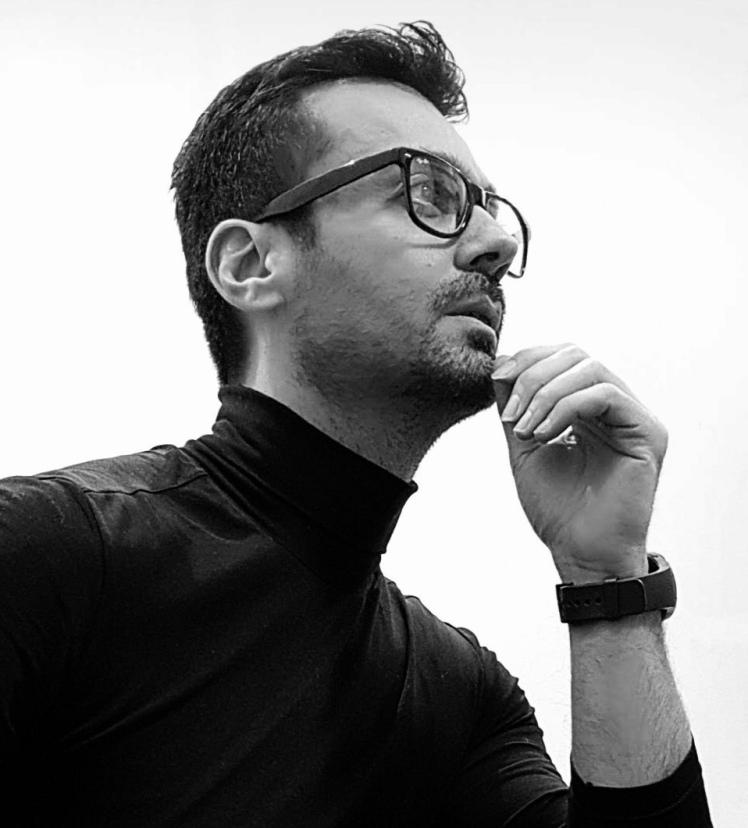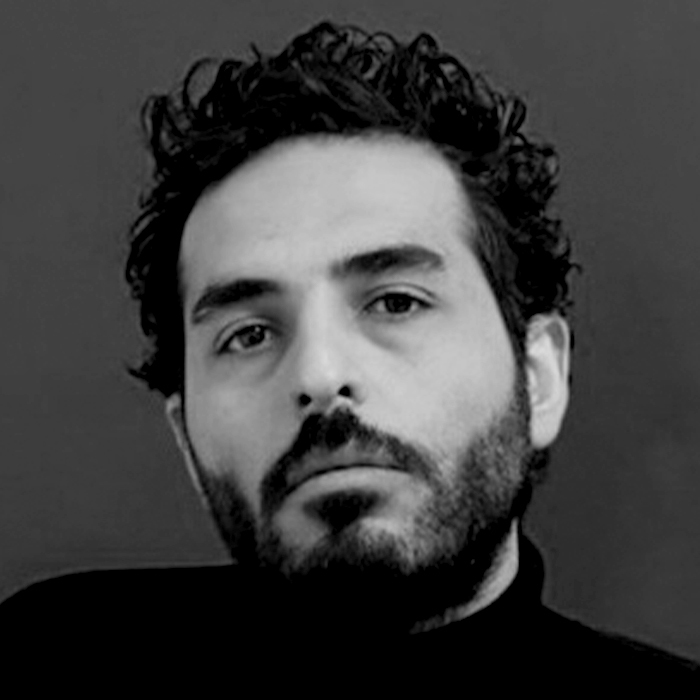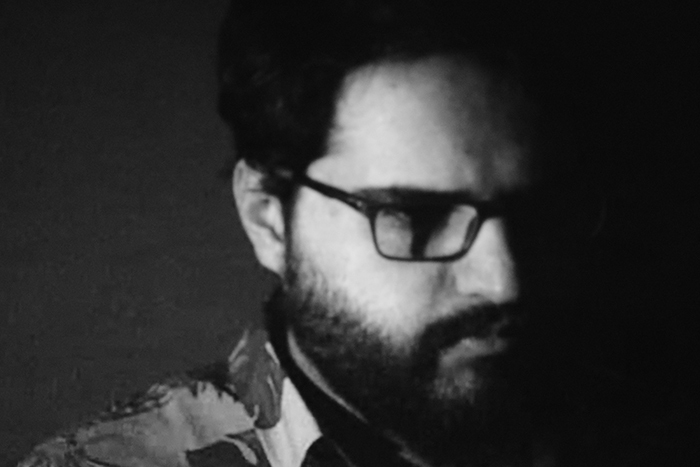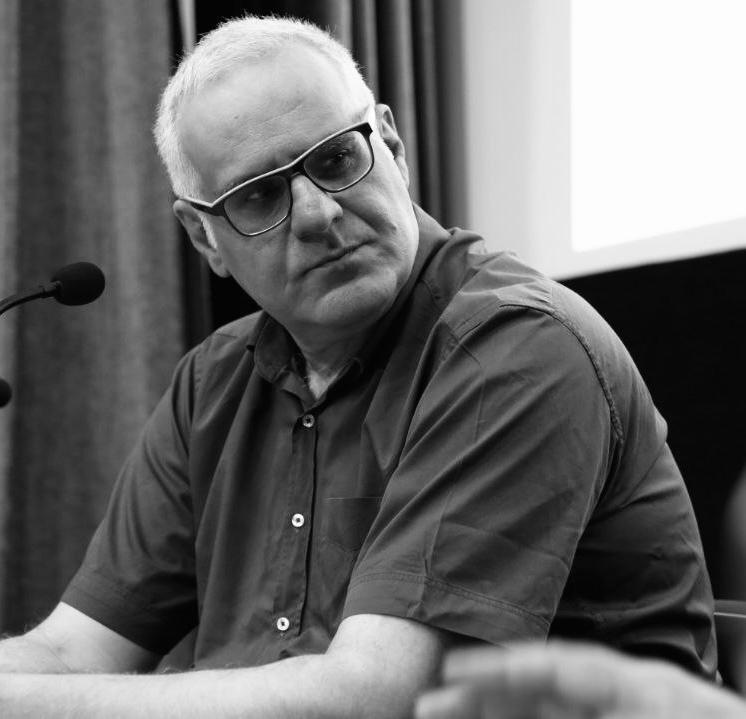more
A Journey Through the Labyrinth of Democracy: Insights from ‘Entertainment in Public’ with Mohammad Reza Aslani
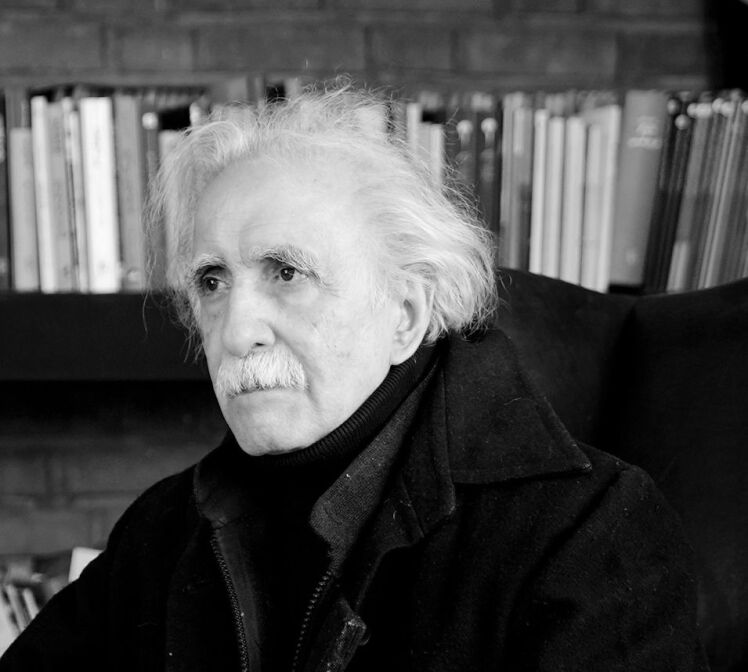
The review session for the project “Entertainment in Public” featured Mohammad Reza Aslani, a prominent filmmaker and theorist, along with Taha Zaker, the artist and researcher behind the project. This discussion focused on deep concepts presented by the exhibition, including democracy, violence, and the collective enjoyment of death within historical and social contexts. Part 1: Mohammad Reza Aslani’s Perspective on the Project Mohammad Reza Aslani began by praising the project, …
